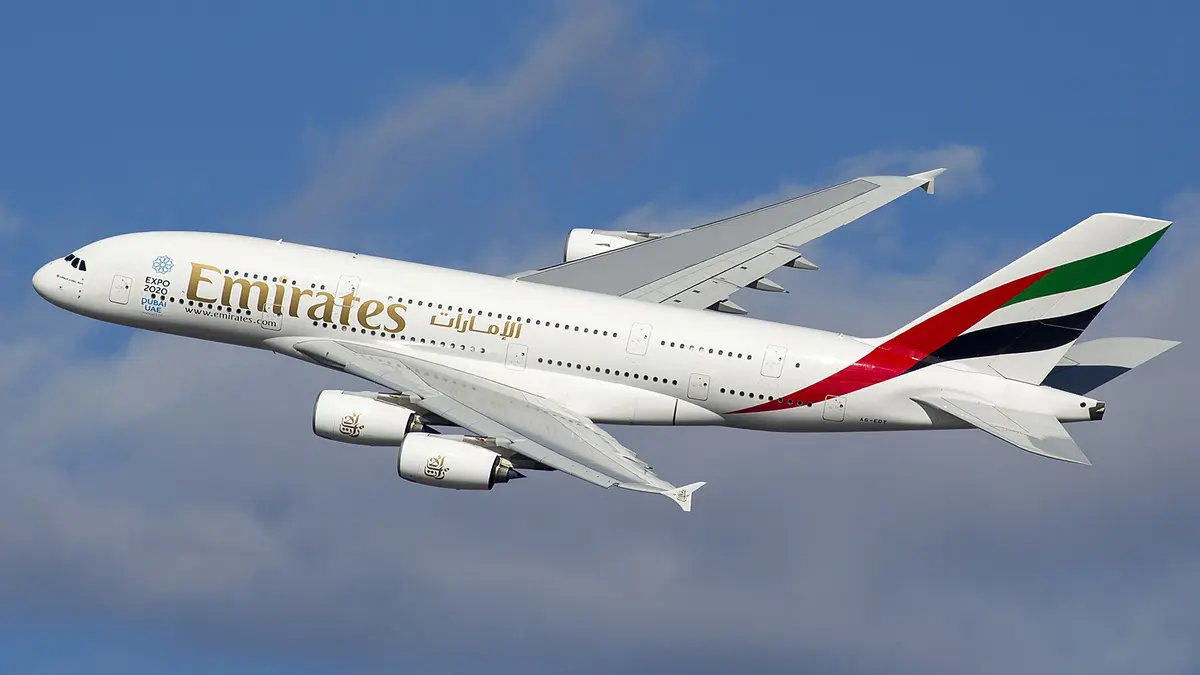Airspace closures alter widespread flight routes
As military action between Israel and Iran intensifies, major commercial airlines have diverted flights and closed key air corridors in the Middle East. Following Israeli airstrikes on Iranian nuclear and military facilities, countries including Israel, Iran, Iraq and Jordan have swiftly closed their airspace, prompting immediate rerouting of global flights to ensure passenger safety. Major carriers such as Emirates, Lufthansa and Air India have reported disruptions, with some forced to turn back mid-flight or reroute via Central Asia and Saudi Arabia.
Operational strain on airlines and airports
Tel Aviv’s Ben Gurion Airport was closed, halting all arrivals and departures and grounding flights from national carrier El Al. Europe-Asia flights One of the busiest transit zones for the Middle East – eastern Iraqi airspace – was also closed, forcing traffic to take longer alternative routes. Operators cited databases such as Safe Airspace, which warned companies to re-evaluate routes through conflict zones. As a result, airlines diverted hundreds of flights, affecting schedules and increasing operational fielding costs.
Strategic implications beyond safety
The rerouting and suspension of flights is now making it clear how the regional conflict is directly affecting civilian infrastructure and global supply chains. Aviation-industry analysts warn that frequent airspace closures are adding to the financial strain on airlines already suffering from Covid-era losses. More importantly, the pattern underscores an emerging threat to global commerce: the Eastern The Mediterranean Sea and the Gulf of Oman. Major bottlenecks such as the Gulf are increasingly vulnerable to military escalation.
From a security perspective, sudden flight diversions are another indicator of how quickly military crises can disrupt civilian systems. As one expert summarized, “airspace is the modern frontline, illustrating how quickly regional tensions can spill over into everyday life.” This instability also increases the potential for miscommunication where civilian and military flights can inadvertently escalate international incidents while sharing congested airspace.
Looking Ahead
With tensions showing no sign of abating on either side, airspace instability is likely to continue. Airlines must adapt through risk-based route planning and coordination with defense and air traffic authorities. Meanwhile, the broader geopolitical calculus is changing: nations now consider the economic costs of military action not just in the war zone but also in global mobility and trade. The coming days – and air How long the restrictions on the region remain in place will shape the impact of the crisis on both aviation safety and Middle East stability.








Leave a Reply